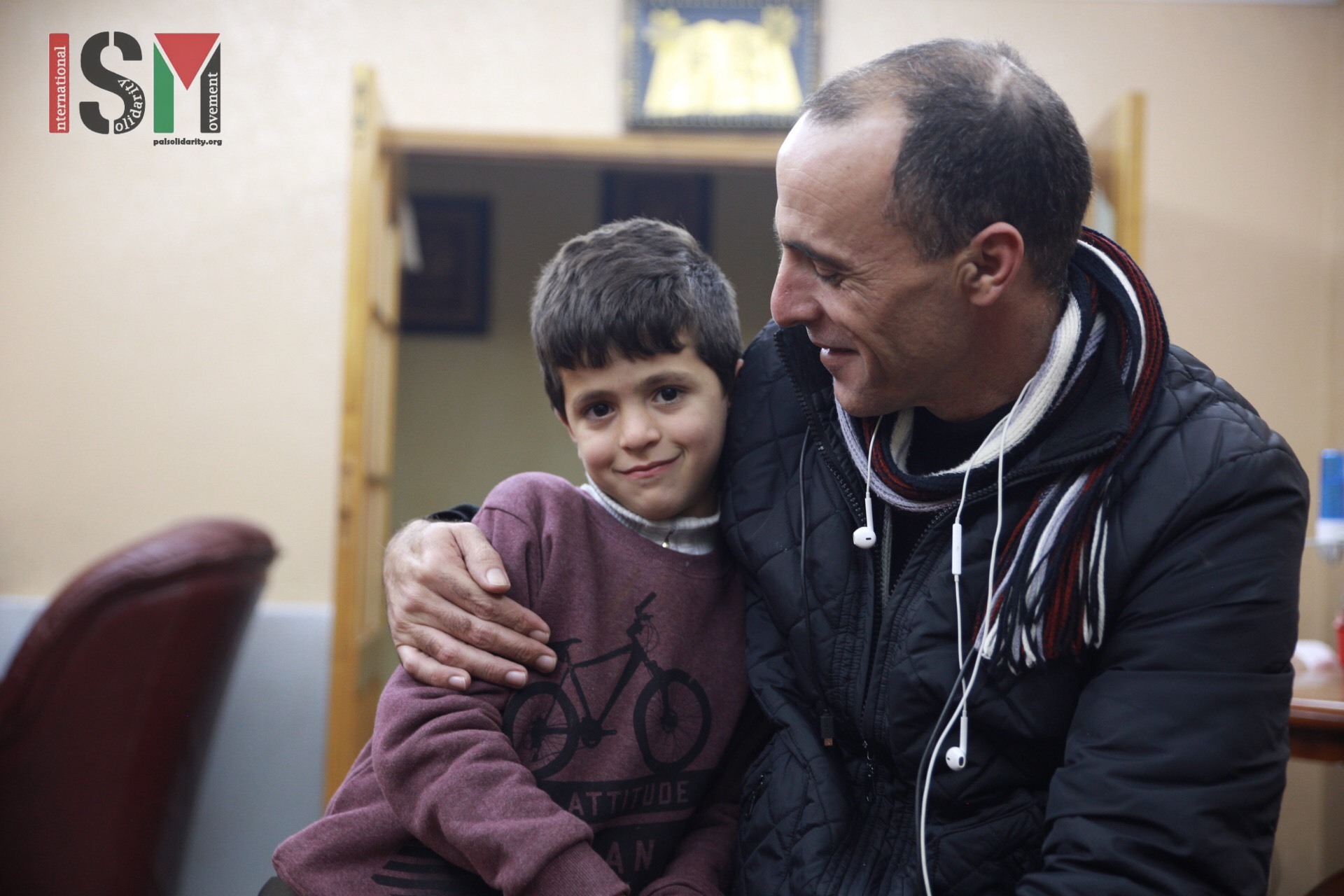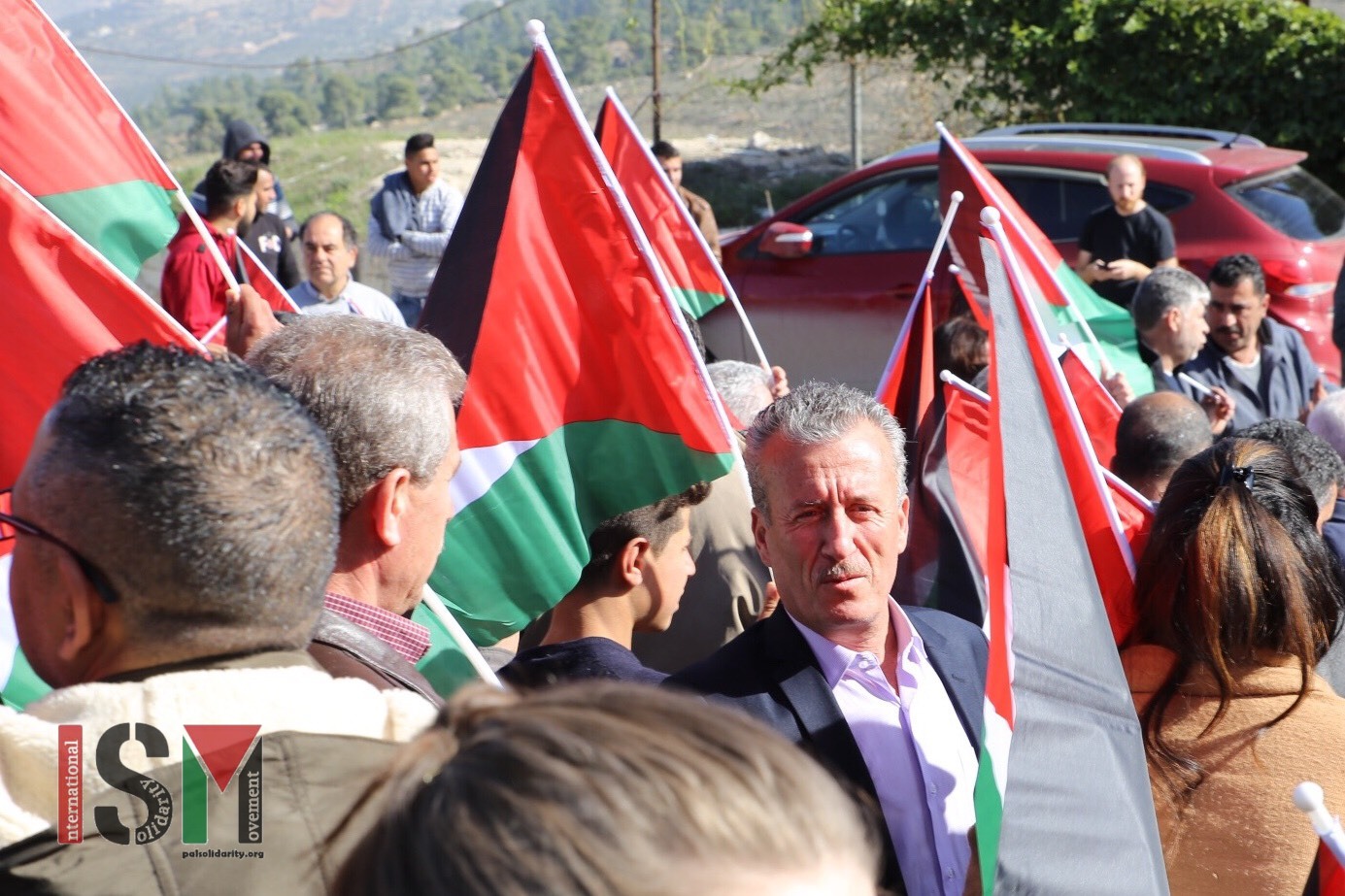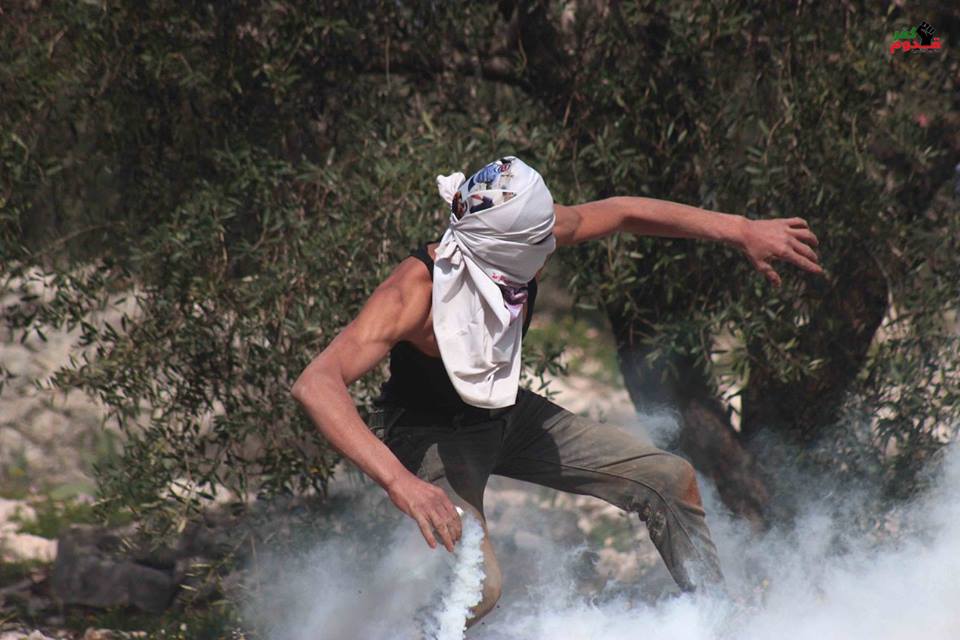Category: Features
-
Children traumatised when Israeli soldiers raid schools
12th February 2018 | International Solidarity Movement, Ramallah team | Occupied Palestine This Sunday, 6 Israeli military jeeps with soldiers entered the village of Hares, southwest of Nablus, in order to raid three schools filled with kids of all ages. Around 10 AM about 20 Israeli soldiers tried to enter the school yards of…
-
Ahed Tamimi Returns Before Israeli Show Trial
11th February 2018 | International Solidarity Movement, Ramallah team | Occupied Palestine On Tuesday morning, Ahed Tamimi once again was brought before an Israeli military court at the Ofer Military Prison. Despite objections from the Tamimi family and Ahed’s lawyer, all media and foreign diplomats were barred from entering the court room during the…
-
Protest marks 30 years since intifada settler murder
10th February 2018 | International Solidarity Movement, Ramallah team | Occupied Palestine Yesterday in Kfar Qaddum Israeli armed forces fired live ammunition at peaceful protesters, luckily without injuries. The 8th of February marked 30 years since Kfar Qaddum’s first march during the Intifada, when villager Abed al Baset Jumal was murdered by masked settlers. Locals…



